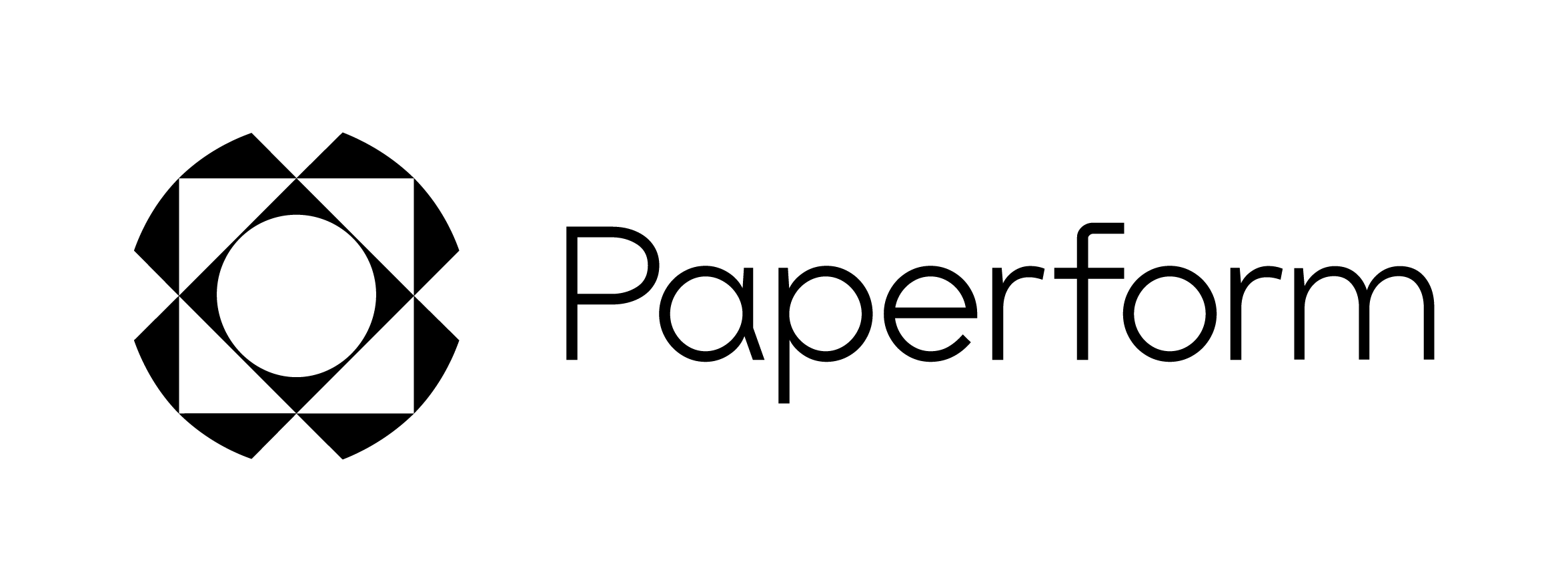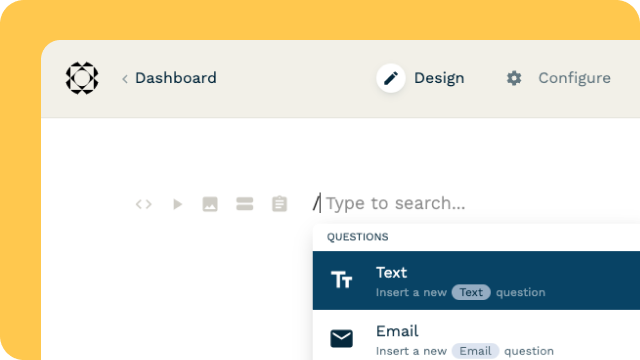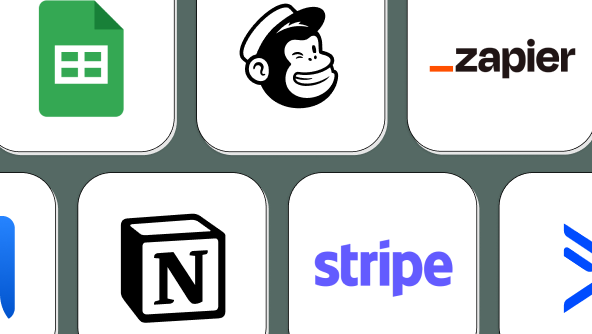
All Solutions

Explore all the solutions you can create with Paperform: surveys, quizzes, tests, payment forms, scheduling forms, and a whole lot more.
See all solutions











Connect with over 2,000 popular apps and software to improve productivity and automate workflows
See all integrationsSolutions
All Solutions

Explore all the solutions you can create with Paperform: surveys, quizzes, tests, payment forms, scheduling forms, and a whole lot more.
See all solutionsIntegrations

Connect with over 2,000 popular apps and software to improve productivity and automate workflows
See all integrationsResources
How can we help?
Top Articles
Pre-filling Guide
A comprehensive look at what pre-filling is, how it works, the various methods by which you can pre-fill a form, and support at the field level.
Calculations Guide
Calculations let you reference answers, transform data, and return more meaningful and custom values.
How do I send an email to the respondent?
Sending an email to the submitter upon form submission is a very common need, luckily it's very easy to set up.
How do I enable Google Pay on my Stripe checkout?
Paperform forms currently support Pay with Google via Stripe. When your customers have a payment method set up on their Google Account, they can make payments quickly and easily via Pay with Google.
What are webhooks and how do I use them?
Webhooks allow developers to send submissions to their own endpoint for new submissions.
Why isn't the submit button appearing or working on my form?
If a submit button doesn’t appear at the end of a form, it usually means that the "X Questions to Go" counter is active on your form.
How do I connect a Paypal Business Account?
You can connect a PayPal Business account to your Paperform account by creating REST API apps in PayPal's developer portal. After the app has been created, select Connect PayPal Business in your account settings and enter the required details.
What security measures does Paperform have in place?
Paperform follows industry best standards to keep your information safe, and is SOC 2 and GDPR compliant. This article explains our security measures in detail.
Can I add a form as a popup on my site?
Use our popup button, or make any element on your website show a Paperform in a popup when clicked.
Guides
Results and Reporting Guide
A detailed overview of the different tools Paperform offers to analyze, understand and report on your form results.
Answer Piping Guide
Answer Piping is a feature available on specific pricing plans that allows you to "pipe" or display an answer to a question, a score, or a payment total into just about any other part of the form in real time.
Appointments Guide
A comprehensive look at the options available for the Appointment field, used to accept appointments and bookings on your form. You can also connect a calendar to control your availability and create calendar events.
Calculations Cheat Sheet
This page features examples of some of the most popular calculations for selected plans.
Calculations Guide
Calculations let you reference answers, transform data, and return more meaningful and custom values.
Custom CSS Cheat Sheet
We cover some examples of custom CSS to illustrate the expressiveness of styling your form with this powerful feature available on select plans.
Custom CSS Selectors
You can customize most items using Custom CSS, which is available on specific pricing plans.
Embedding Guide
To insert a form into another page or service, you'll want to embed it. We'll cover the various methods, attributes, and considerations for embedded forms.
Getting Started with Papersign
Learn how to create your first document and collect signatures with Papersign, an eSignature solution from the creators of Paperform.
Getting Started
From zero to hero on Paperform.
Guided Mode Overview
Guided Mode lets you create forms and surveys that display one question at a time, making your forms more conversational and giving submitters a more closely guided experience.
Logic Guide
Conditional logic can be used to change the way your form behaves depending on how it is filled out.
Managing Users and Teams Guide
For larger organizations, it may be useful to give sub-users their own login credentials to gain access to your team, with specific permissions.
Papersign Templates Guide
Learn how to set up variables and signer attributes so that your documents are easy to reuse again and again.
Papersign FAQ
Frequently asked questions about Papersign, the eSignature solution by Paperform.
Papersign Signers' Guide
Have you received a signature request via Papersign? Learn everything you need to know about filling out and submitting documents.
Papersign Style Guide
Learn how to set fonts and colors, add headers and footers, and upload images to your Papersign documents.
Pre-filling Guide
A comprehensive look at what pre-filling is, how it works, the various methods by which you can pre-fill a form, and support at the field level.
Scoring Guide
Paperform offers a wide variety of scoring options to help you create quizzes, surveys, and other forms that require scoring. This guide will walk you through the basics, and how to use it to create a quiz.
Slash Commands Overview
Slash Commands act as shortcuts for specific actions. These are great for adding questions and other elements to your forms quickly and easily.
Success Pages & Redirects Guide
A complete guide to the pages shown after your form is submitted. Learn how to display results, redirect to outside pages, apply conditional logic, and more.
Inspiration
Templates
650+ pre-built form templates made by our team. Search through hundreds of beautiful templates, and discover fresh new ways to use Paperform to simplify work.
Youtube
Watch helpful and inspiring videos that show you how to combine beautiful design with serious digital smarts to create endless possibilities.